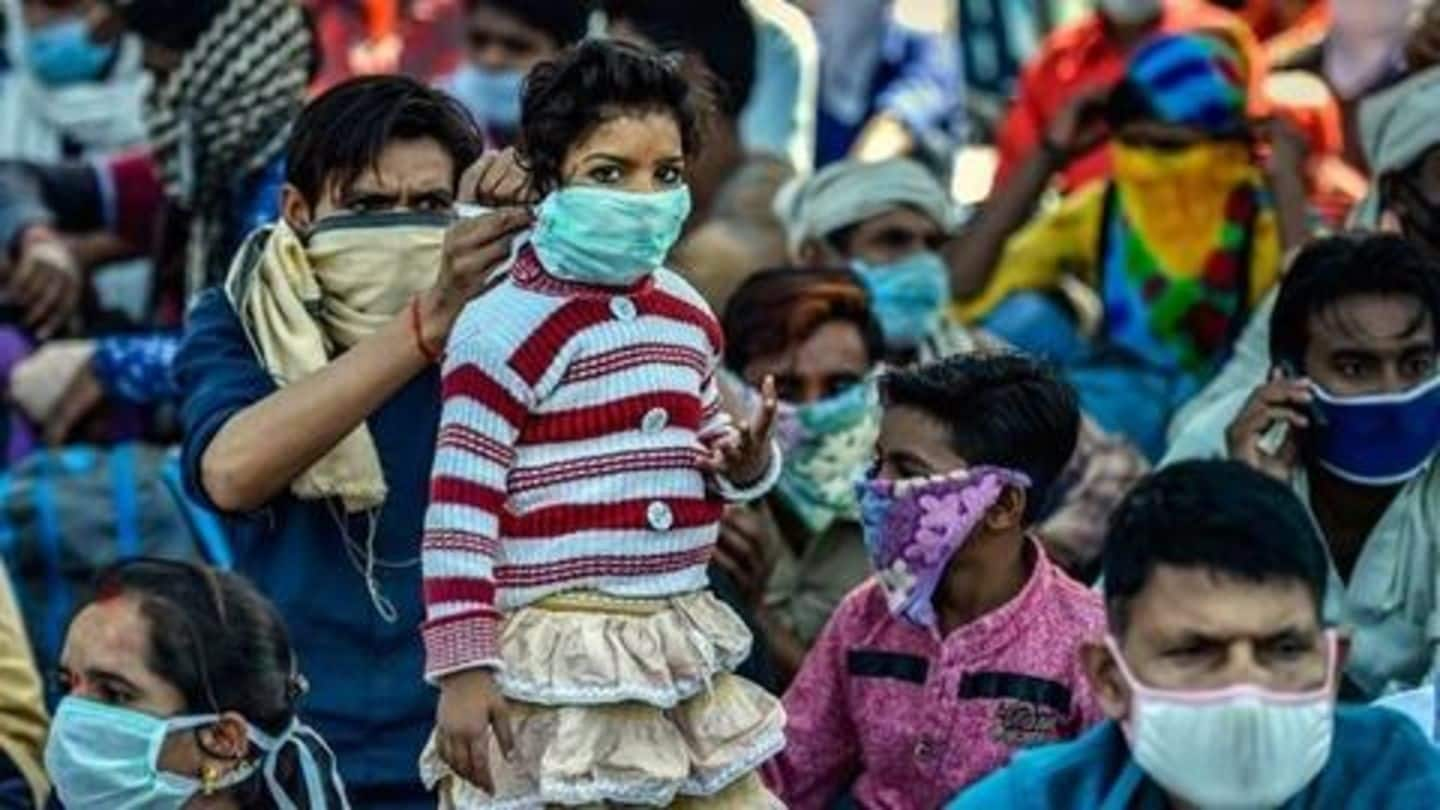
How effectively India is managing the whole COVID-19 situation?
What's the story
The growing number of COVID-19 cases in India has got people worried about their lives, their jobs, and everything in between. There is no saying when exactly the situation will improve, but a recent editorial in the New England Journal of Medicine suggested a six-step action plan critical to "crush the curve" in weeks. Let's see how well India is doing on that.
Step #1
Establish a unified command
The first step, according to the editorial, is establishing a unified command and targeting responses, resources to different regions according to the situation prevailing there. India has done this effectively by invoking the provisions of the Disaster Management Act and setting up an expert-advised central command, which determines the next steps that are enforced by the states across different COVID-19-affected cities, districts.
Step #2
Making millions of testing kits available
Aggressive screening of large populations and testing of symptomatic individuals to identify and isolate infected patients is extremely critical, the editorial says. However, India, which has a population of 1.3 billion, hasn't done well on that front. It needs to do millions of tests but is actually testing only 18,000/day, with a plan to move up to 1 lakh/day in the coming months.
Step #3
Brace hospitals for surge in critical cases
The next step by NEJM stresses on the need for rapid deployment of personal protective equipments (PPEs) and ventilators to care facilities. India is lagging behind here too; the government has ordered 75 lakh PPEs but they are yet to reach Indian shores and healthcare workers. The same goes for ventilators, which were just 48,000 and are now being produced and sourced from outside.
Step #4
Categorize people into five groups and treat accordingly
The next step revolves around classifying people into five groups: infected, presumed infected, exposed, not exposed/infected, and recovered. It's hard to do something like this on a country of our scale, but the government is isolating the infected and testing/quarantining those exposed or presumed infected until the results come. We need to streamline these efforts while starting antibody tests to find out recovered individuals.
Step #5
Inspire and mobilize the public
On this front, India has done reasonably well, thanks to PM Modi's calls to cheer health workers and light lamps. The initiatives have inspired the public to adhere to the lockdown restrictions while maintaining social distancing, which is very important to flatten the curve. Notably, Indian start-ups/companies have also joined this fight and are developing solutions to tackle the problems stemming from the pandemic.
Step #6
Learning and researching throughout the crisis
India has established a technical committee, which has been guiding the government on the steps/measures needed to combat the virus. The decision to enforce the lockdown is believed to be the committee's suggestion, and now, the government needs to work closely with these experts to understand the current situation, future possibilities - through available data - and make informed decisions on restarting the economy.